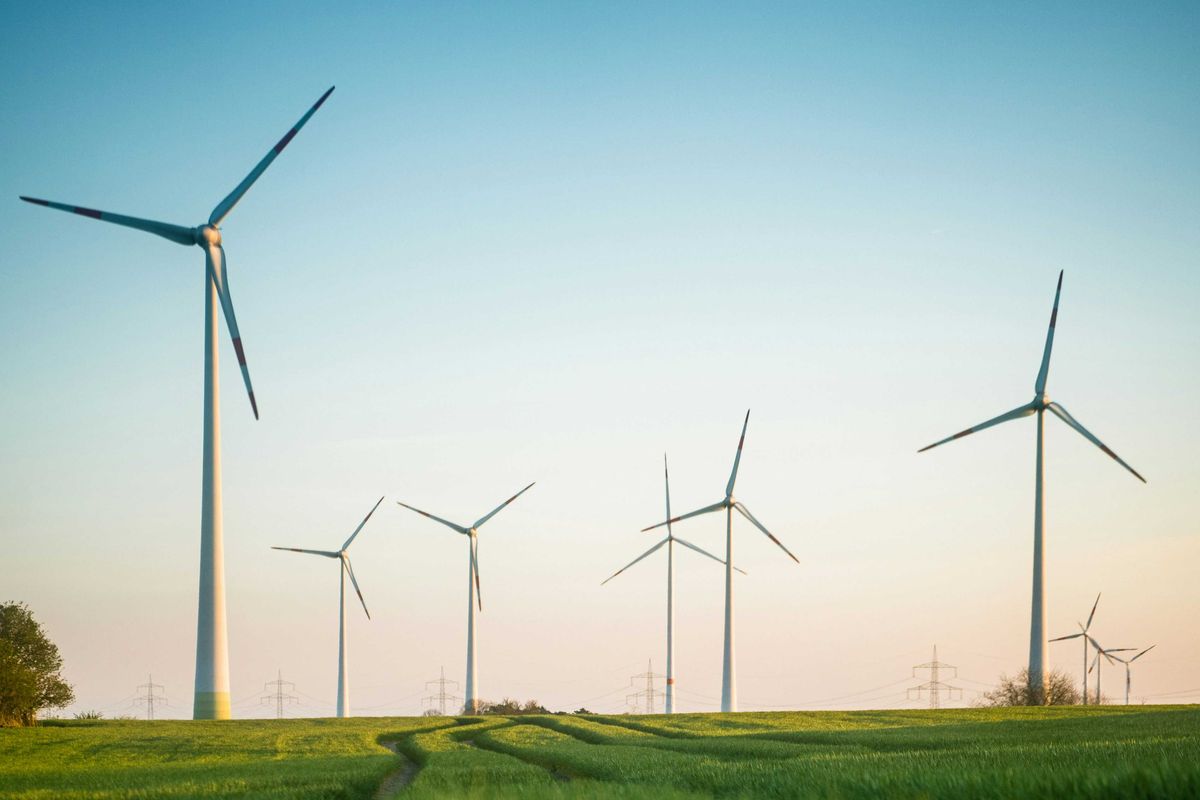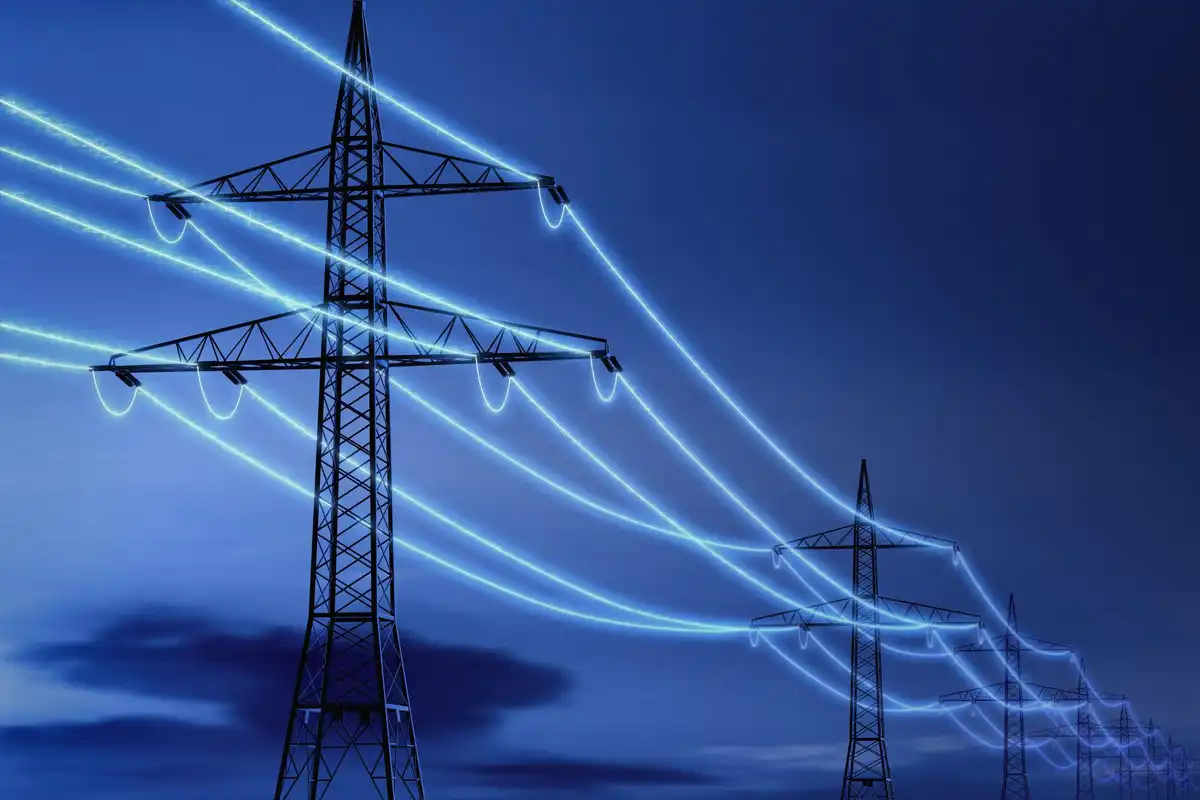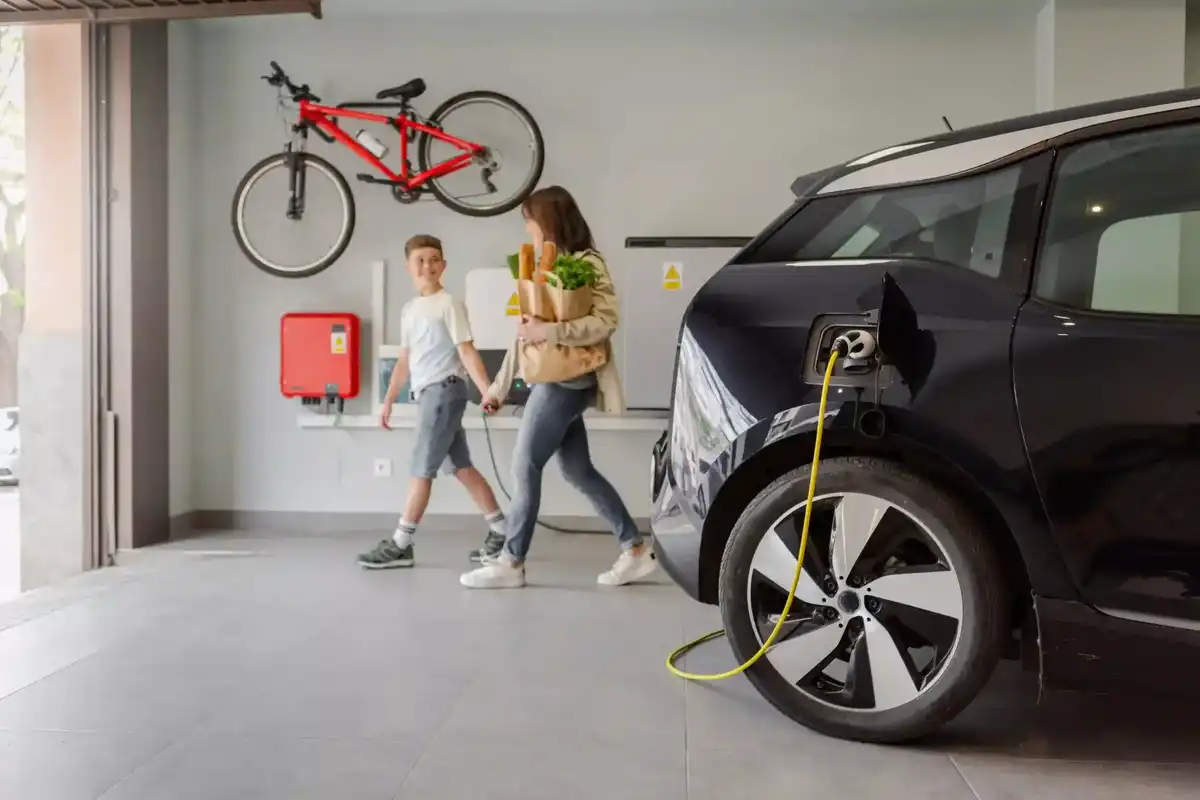Greentown Labs has named the six participating climatetech startups for an accelerator for a global energy leader.
Shell and Greentown Labs announced the cohort for Greentown Go Make 2023 — a program designed to accelerate partnerships between startups and corporates to advance carbon utilization, storage, and traceability solutions. Shell, which invests in net-zero and carbon-removal technologies, is hoping to strategically align with startups within carbon utilization, storage, and traceability across the energy transition spectrum.
“At Greentown Labs we recognize and appreciate the role energy incumbents must play in the energy transition, and we’re eager to facilitate meaningful partnerships between these impressive startups and Shell—not only to advance these technologies but also to help Shell achieve its sustainability goals,” Kevin Knobloch, CEO and President of Greentown Labs, says in a news release. “We know carbon utilization, storage, and traceability will play a critical role in our collective efforts to reach net-zero, and we’re enthusiastic about the potential impact these companies can have in that work.”
The cohort, selected from 110 applications, is co-located at Greentown's Houston and Somerville, Massachusetts, locations and includes:
- Portland-based Caravel Bio is developing a novel synthetic biology platform that uses microbial spores and enzymes to create catalysts that are long-lasting and can withstand extreme conditions and environments.
- Circularise, which is based in the Netherlands, is developing a blockchain platform that provides digital product passports for end-to-end traceability and secure data exchange for industrial supply chains.
- Corumat, based in Washington, converts organic waste into high-performance, insulating, greaseproof, and biodegradable packaging materials.
- Cambridge, Massachusetts-headquartered Lydian develops a fully electrified reactor that can convert a variety of gaseous, non-fossil feedstocks into pure syngas with high efficiency.
- Maple Materials from Richmond, California is developing a low-cost electrolysis process to split carbon dioxide into graphite and oxygen.
- Ontario, Canada-founded Universal Matter develops a proprietary Flash Joule Heating process that converts carbon waste into high-value and high-performance graphene materials to efficiently create sustainable circular economies.
The program, which includes $15,000 in non-dilutive stipend funding for each company, will work closely with Shell and Greentown over six months via mentorship, networking opportunities, educational workshops, and partnership-focused programming to support collaboration. Go Make 2023 concludes with a showcase event on March 27 at Greentown Labs’ Houston location.
This week, Shell announced another accelerator cohort it's participating in. The Shell GameChanger Accelerator, a partnership with the U.S. Department of Energy’s National Renewable Energy Laboratory (NREL), named four West Coast climatetech companies: DTE Materials, Hexas Biomass, Invizyne Technologies, and ZILA BioWorks. The program provides early-stage cleantech startups with access to experts and facilities to reduce technology development risk and accelerate commercialization of new cleaner technologies.
“Tackling the climate challenge requires multifaceted solutions. At Shell, we believe technology that removes carbon dioxide from the atmosphere will be essential for lowering emissions from energy and chemical products,” Yesim Jonsson, Shell’s GCxN program manager, says in a statement. “The companies in GCxN's sixth cohort embody these objectives and have the potential to usher in a more sustainable future.”








 Air Liquide and Hyundai agreed to expand hydrogen refuelling networks, storage capacity and more at a meeting in Seoul last week. Photo courtesy Air Liquide.
Air Liquide and Hyundai agreed to expand hydrogen refuelling networks, storage capacity and more at a meeting in Seoul last week. Photo courtesy Air Liquide.
